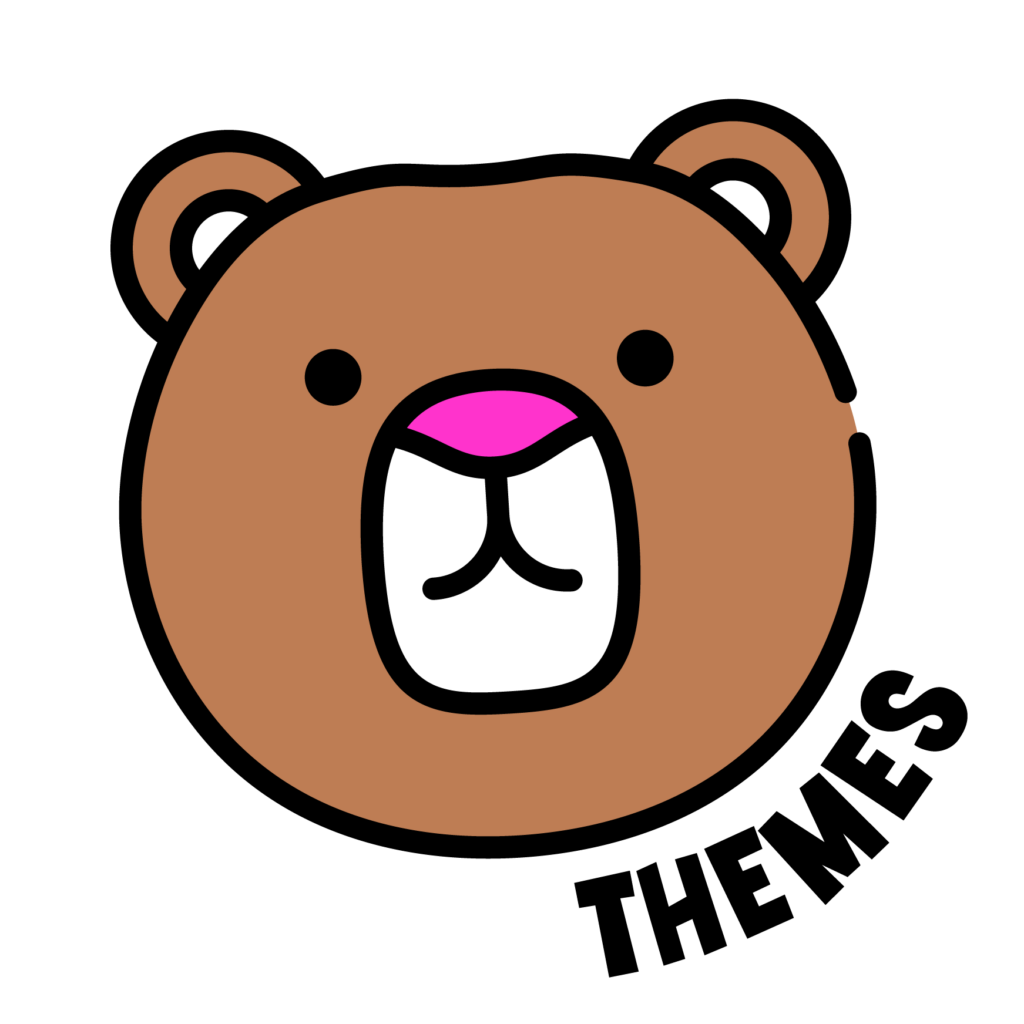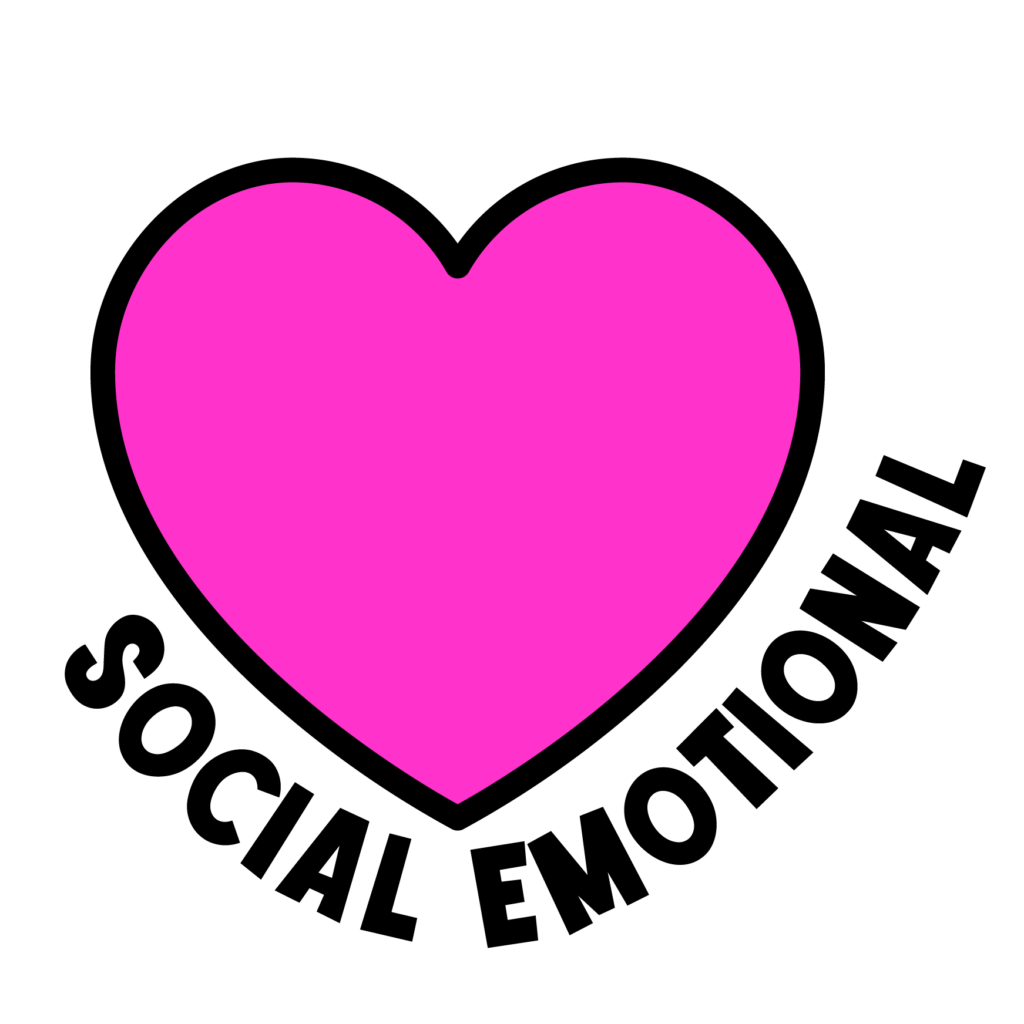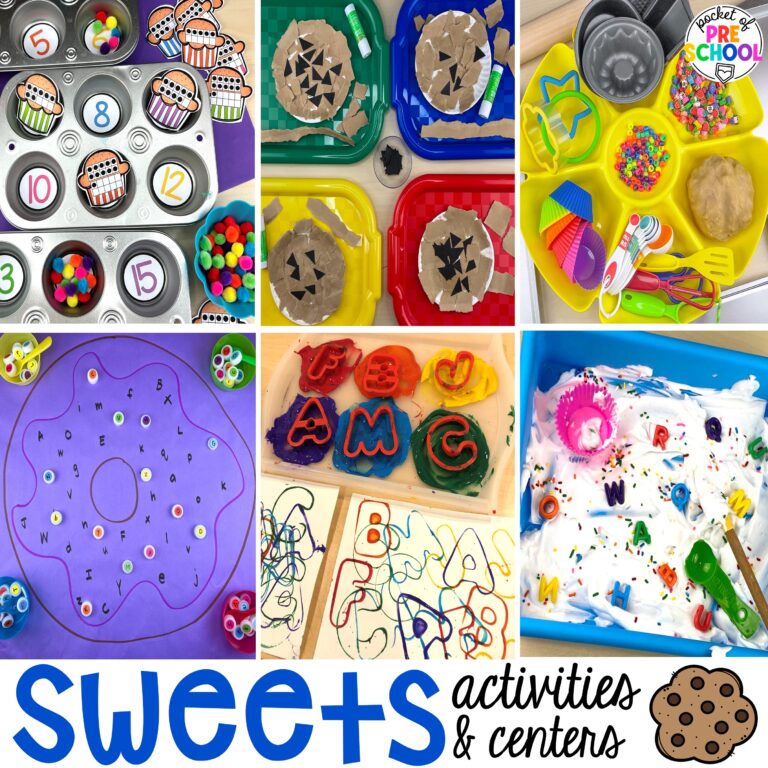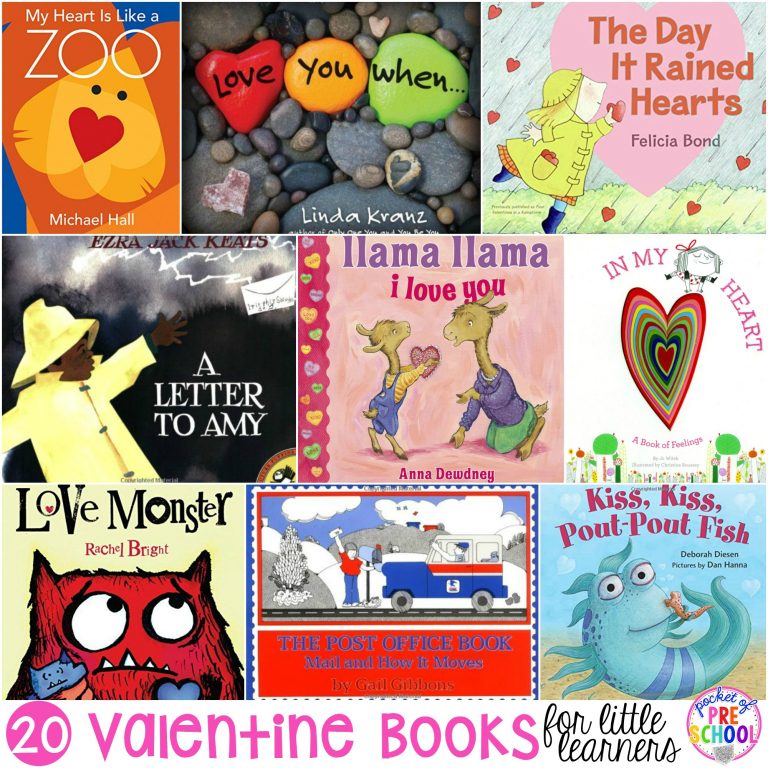
Valentine’s Day is filled with hearts, love, and candy hearts. It’s the perfect combination of things to create memorizing Valentines sensory bottles for your little learners. Sensory bottles can be used to help students calm down in the safe place or examine them in the science center. Sensory bottles are easy to make and even more fun to make when you have students’ help.
*This post contains affiliate links. This means if you purchase using my link, I will earn a small commission.*
Valentines Sensory Bottles

Candy Heart Sensory Bottle
- empty bottle
- fill with pink rice, sprinkle in candy hearts randomly
- How to make Pink Rice: Place white rice in a baggie with some pink liquid watercolor and shake, shake, shake! Lay flat to dry on wax paper or a pan.
- leave about 1/2 inch space at the top so there is room to shake
- hot glue or superglue the lid closed
- cover the top with pink tape

Heart Sensory Bottle
- empty bottle
- fill halfway with water
- add 1/2 cup of clear glue
- add red fine glitter and a few drops of red watercolor
- add Valentines sequins or table scatter
- fill to the top with water, leaving about 1/2 inch space at the top so there is room to shake
- hot glue or superglue the lid closed
- cover the top with red tape


Valentines Pom Pom Sensory Bottle
- empty bottle
- fill with various pink, red, and purple pom poms
- add purple fine glitter and a few drops of pink liquid watercolor
- fill to the top with water, leaving about 1/2 inch space at the top so there is room to shake
- hot glue or superglue the lid closed
- cover the top with purple tape

Those are my three favorite Valentines sensory bottles to make! If you have other fun Valentines goodies that would be fun to use as sensory bottle fillers, use that instead and create your own.
There is no wrong way to make a sensory bottle; have fun with it!
Need more Valentine activities? Check out these posts!
Want to see the Valentines sensory bottles in action? Check out the video.
Love it? Pin it!

hey, i’m jackie!
I’m Jackie, your go-to girl for early childhood inspiration and research-based curriculum.





















